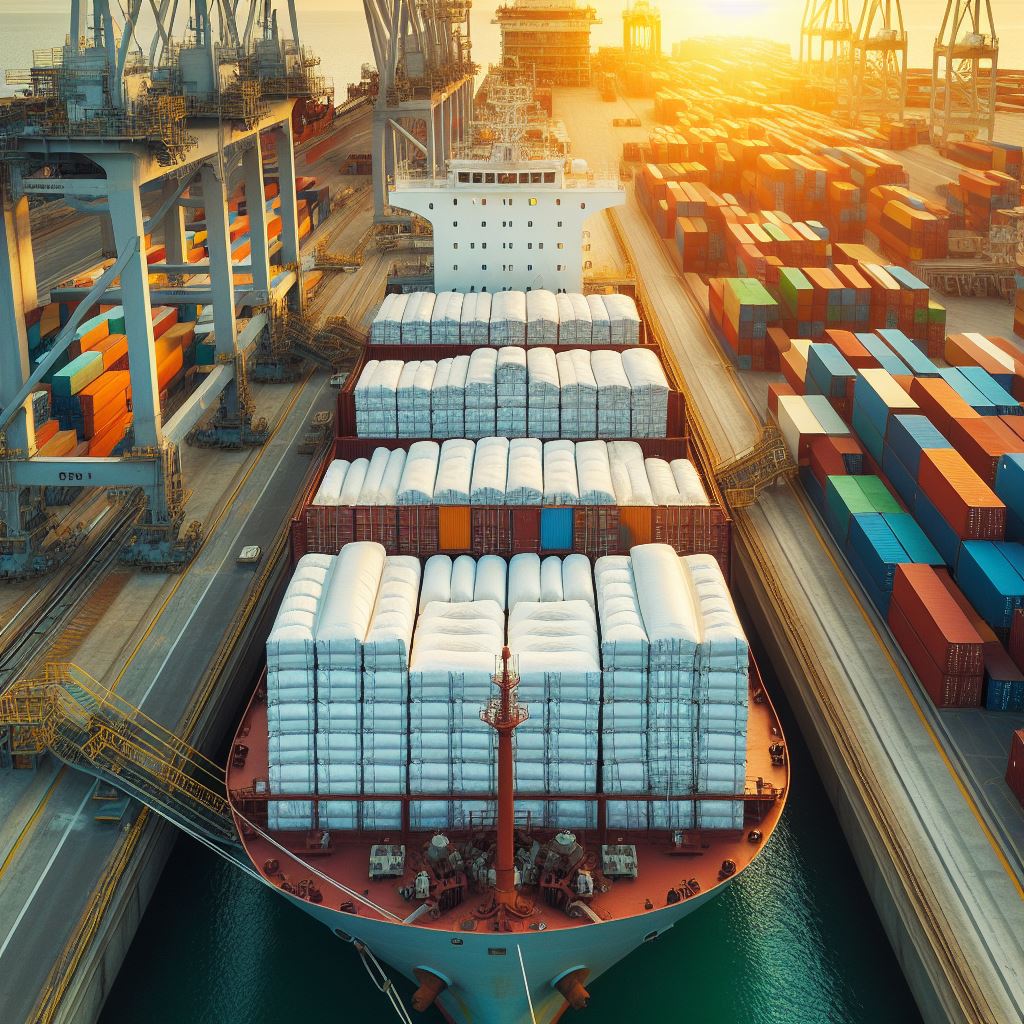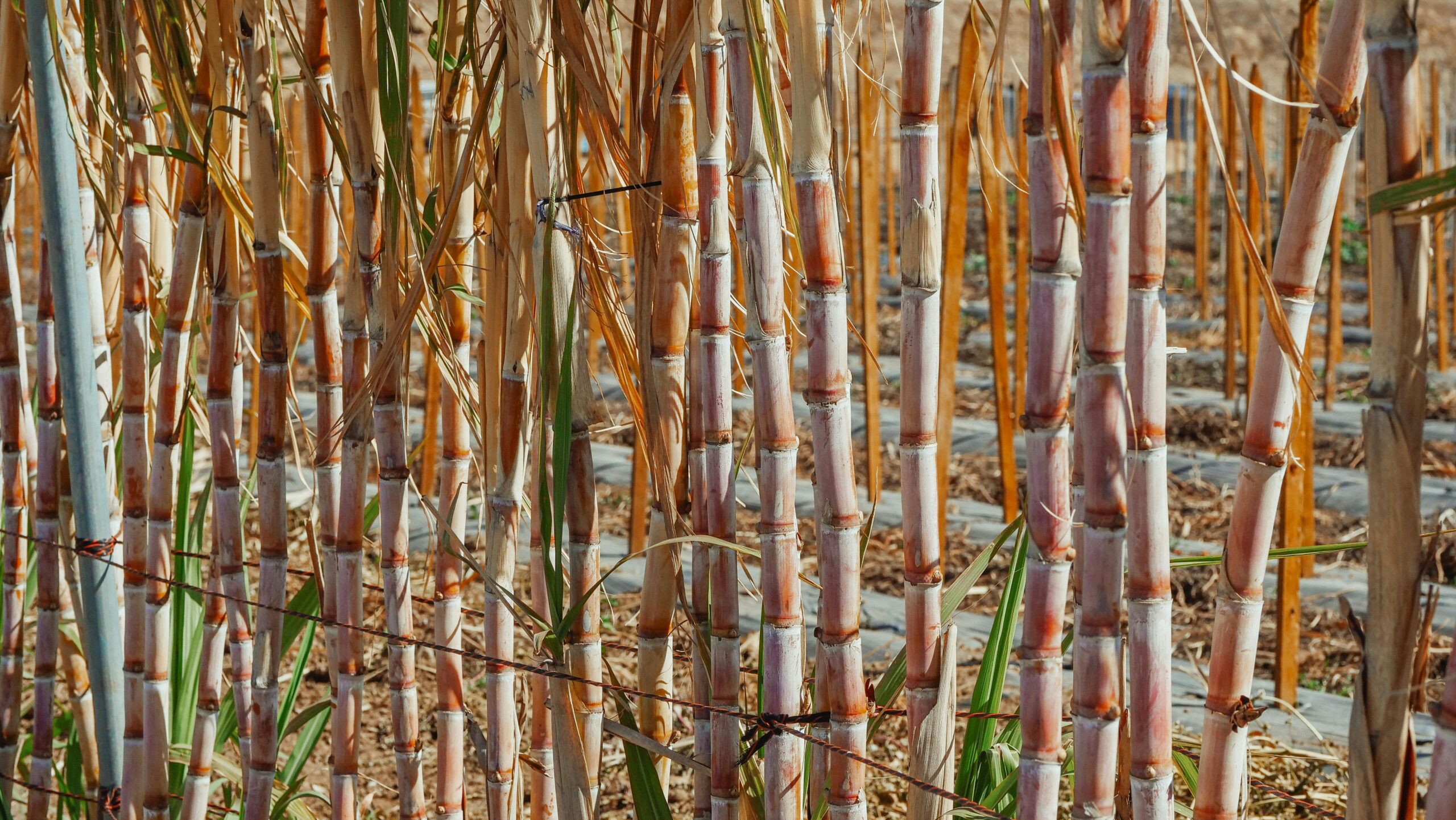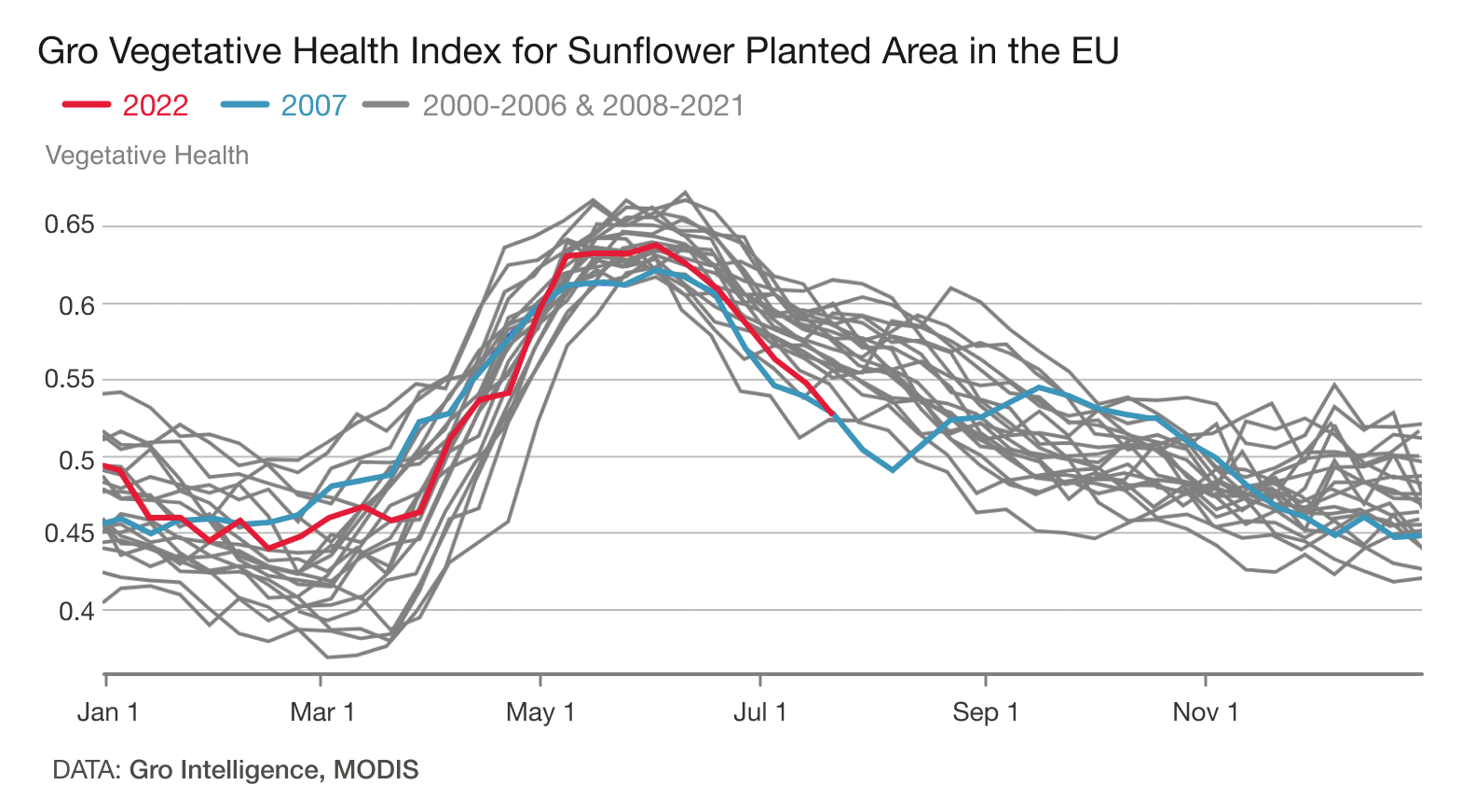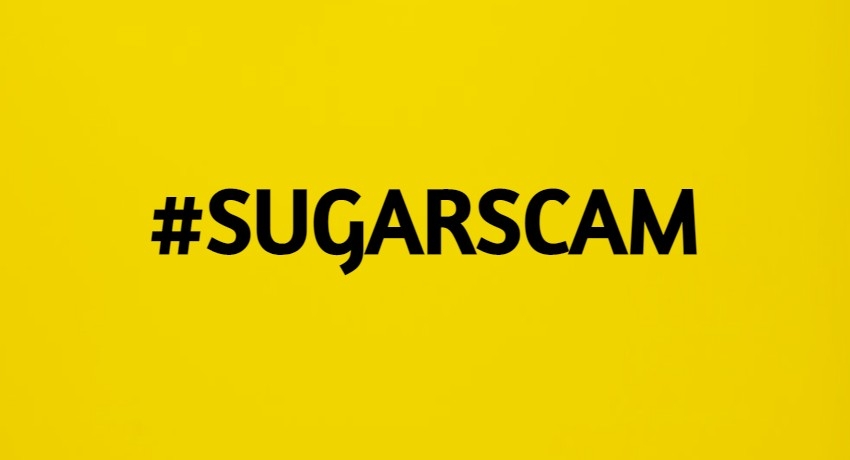Container shortage raises 5 times the value of freight to Brazil

The shortage of containers in Brazil directly impacted the operation and supply of sugar in this modality at Mello Commodity.
Restructuring made in the lockdown still impacts prices; business with Asian countries is the most expensive for Brazilian companies.
The shortage in the volume of containers is one of the main reasons for the increase in import freight to Brazil. The movement of rising prices began shortly before the beginning of the pandemic, in March 2020, worsening with the lockdown, which caused the closure of borders and shops.
According to data collected by Kestraa, a startup specialized in the management and monitoring of foreign trade cargo, the median freight from Asia, one of the main importers in Brazil, was US$ 1,900, in January 2020, for US$ $9,800 in the same month of 2022, an increase of 416%.
Contents
Calculation methodology
The calculation was based on median prices involving more than 12,000 cargo transported between Brazil and other countries since 2020. The methodology excludes transactions that are much more expensive and much lower than the average, to avoid discrepancies.
Still in the comparison between the years 2020 and 2022, the median price of global freight to Brazil went from US$ 1.6 thousand to US$ 2.6 thousand, an increase of 67%.
“A significant amount of containers were withdrawn from the market for a necessary restructuring during the isolation period. However, even after reopening, this number remained low, increasing demand for more routes and equipment, which contrasts with the reduction in offers, raising prices”, explains Kestraa founding partner Marcelo Matos.

Difference between global and Asian shipping
The difference between the prices of global freight and freight from Asia is explained by the modal used to transport the cargo, which can be used by land, between countries in South America, and sea and air, between more distant countries. However, the increase in values for equal modals is due to the high demand for low supply.
Despite global shipping seeing a 24% decrease in June 2020, when it reached $1,200, prices continued to rise. In 2022, it reached the mark of US$ 2.7 thousand, an increase of 122% compared to the same period.
As for the negotiations with Asia, there was no truce. Between June 2020 and June this year, there was an increase of 363% – with prices quoted at US$ 6,670 last month.
The highest value, however, was recorded in February 2022, when it cost US$10,000, 427% more than in February 2020.
“There was a time when freight was considered a commodity, there were many containers available, with freight from China to Brazil costing up to 150 dollars. In the pandemic, this offer decreased, so shipping increased a lot. With the availability of operators reduced, there will hardly be the same number of equipment prepared to make shipments”, he continues.
Primary sector is the most affected by the increase in prices

“The sectors with low added value are the ones that suffer the most from values. As they have price-sensitive products and have a greater impact on the bottom line, they end up being the most affected. Retail is greatly impacted, but not because of freight in particular, but because of the form of commerce”, explains Matos.
The electronics industry and companies are also affected, because they are companies that need international goods. Objects that come from Asia suffer a lot from this because, although China manages to have a cost-efficient industry, they are products with low added value.
Internet sales
In recent years, internet sales have had a considerable evolution, which intensified during the pandemic. According to data from Webshoppers 45, a report carried out by NIQ Ebit in partnership with Bexs Pay, the online sales sector broke the sales record in 2021, with a profit of BRL 82.7 billion, a growth of 27%. The period with the highest increase was from January to April, highlighting the month of March, when the increase compared to 2020 was 75%.
“With the increase in internet consumption, we see many more companies doing international operations. This is not only in Brazil, but also in Europe and other continents. The web market has consumed a lot: Amazon, for example, has a movement to build its own logistics as a way to reduce costs”, he points out.
Trying to keep prices down, freight forwarders seek to bring technologies to speed up and make the import and export process cheaper. However, Marcelo explains that this is a cost that is in the hands of the assembly companies, which own the ships, and that solutions will be possible based on the interest of the market.
“Due to the different transport processes, industries are assembling goods more and more in a finished form, they are adapting to that. There is a change in the way of consumption, the shortage of containers and a new form of international logistics. Companies will seek logistics alternatives to import”, he concludes.
Source:CanalRural_Brazil_PUBLISHED ON 08/07/2022 AT 3:00 PM BY RURAL CHANNEL

sales@mellocommodity.com.br | www.mellocommodity.com.br
WhatsApp Commercial +55 35 991 295 29 | +55 21 976 723 023
Rio de Janeiro | Minas Gerais | São Paulo – Brazil
Related
Related Post

BRAZILIAN SUGAR – 2022/2023 Crop Starts
Sugarcane harvest in Brazil - 2022/2023 harvest Buy from genuine suppliers. Reqest a quote [...]
Brazil’s Ruined Crops Fuel Global Inflation
Many crops in Brazil were affected by weather conditions. Drought and Frost affected grains and [...]
